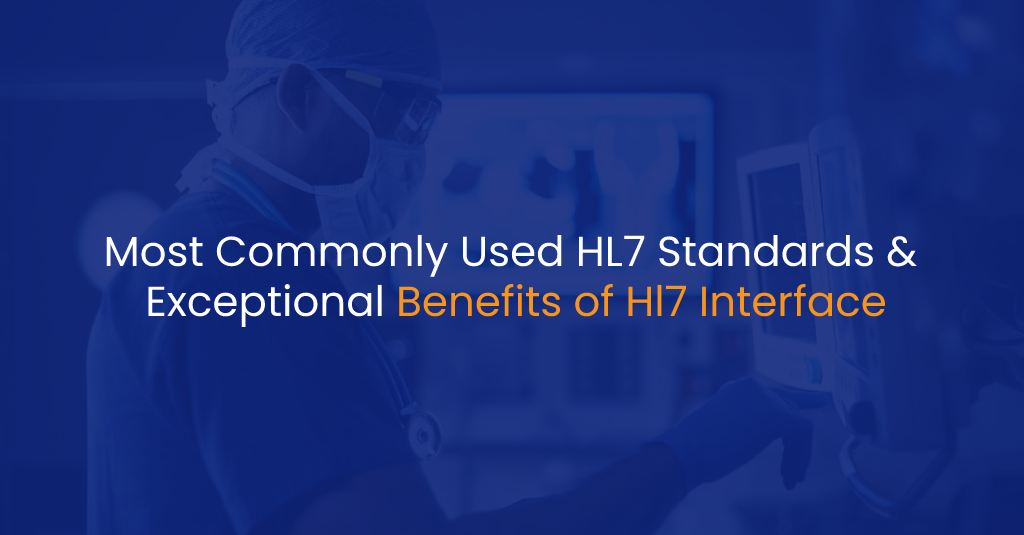For decades, interoperability has been a hot subject in the healthcare business. Despite the fact that health data was maintained using several modern programming tools, the healthcare information interchange was riddled with data misunderstanding. The cost of this lack of interoperability to the US healthcare system is estimated to be $30 billion per year. As a result, the demand for seamless data integration has increasingly developed to realize genuine interoperability.
In this blog, let’s discuss the significance and benefits of HL7 interfaces, as well as the requirement to get started with the current poor FHIR services.
What Makes the HL7 Interface Unique?
When compared to other systems, the HL7 interface bridges the gap between health IT applications and makes data interchange easier and more efficient. Most healthcare professionals now employ a variety of healthcare software for anything from medical billing to securely storing patient information.
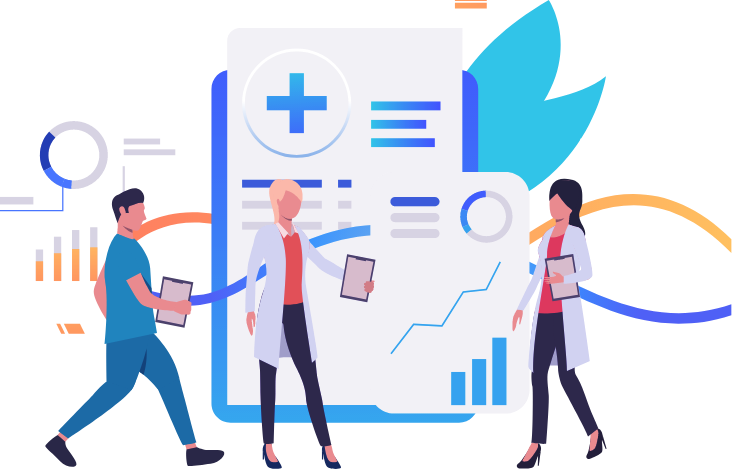
The fundamental problem is that communication between these diverse forms of software is extremely difficult to accomplish. When two healthcare professionals need to communicate health information, another real-time issue develops. To address all of these difficulties, HL7 providers established standards and recommendations to assist software manufacturers and healthcare providers in securely exchanging health information.
In this case, the applications can communicate with one another without the need for extra software, or they can send paper-based health records. Overall, the HL7 interface promises to make healthcare data sharing easier and more secure, thereby reducing the administrative load on practices while simultaneously improving healthcare delivery.
The HL7 Standards That Are Most Commonly Used
The goal of HL7 standards is to create interoperability among health information systems. It also ensures that all documentation is uniform across all systems, even if some of them are part of different health care companies. The following are the most widely used standards:
- Continuity of Care Document : An XML mark-up standard, which describes the encoding, structure, and semantics of patient summary clinical documents that will be transmitted.
- Structured Product Labels (SPL) : An XML mark-up standard, which describes the encoding, structure, and semantics of patient summary clinical documents that will be transmitted.
- Messaging Standard Version 2.x/3 : An XML mark-up standard, which describes the encoding, structure, and semantics of patient summary clinical documents that will be transmitted.
- Clinical Document Architecture (CDA) : An XML mark-up standard, which describes the encoding, structure, and semantics of patient summary clinical documents that will be transmitted.
- Clinical Context Object Workgroup (CCOW) : CCOW is a standard protocol that synchronizes different programmes in real-time at the user interface level. The HL7 Version 2 Product Suite enables the exchange of data between medical systems.
Who Makes Use of HL7 Standards?
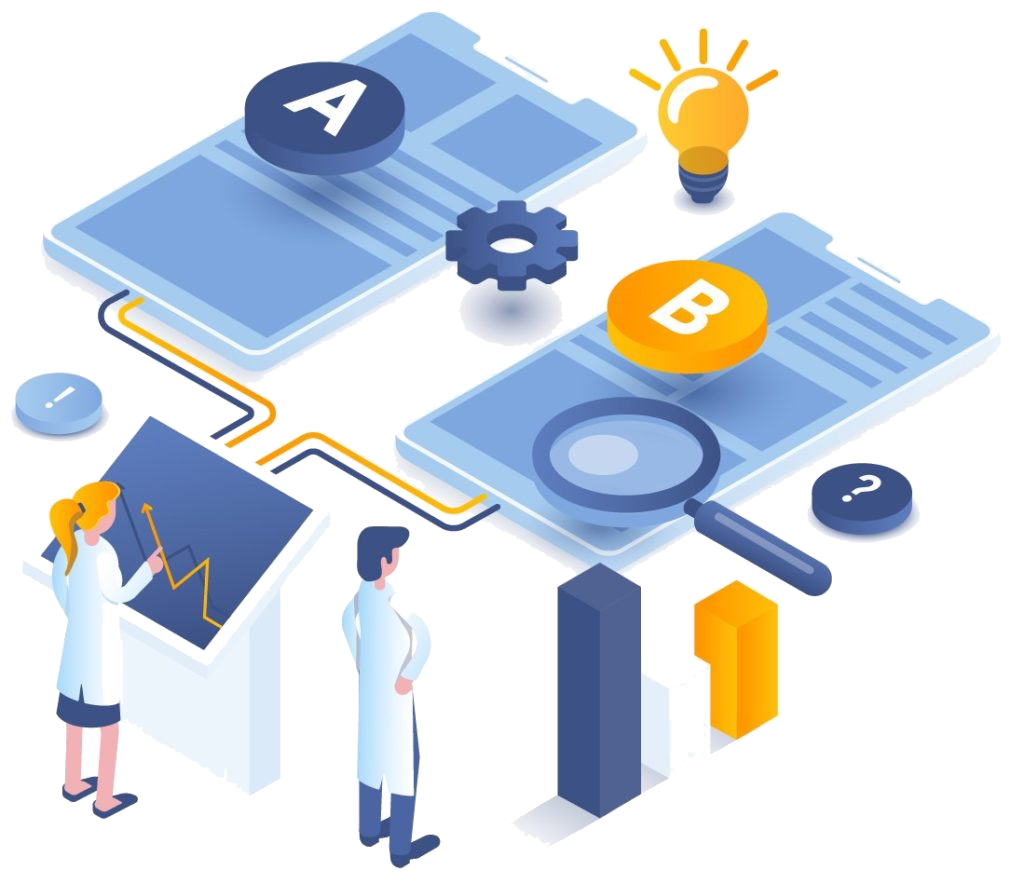
Hospitals, government healthcare institutions, healthcare software providers, laboratories, private clinics, pharmaceutical businesses, as well as other medical facilities employ HL7 standards. Clinical Interface Specialists are the most common users of it.
It includes those who are tasked with transporting healthcare data. They provide tools for moving such data as well as healthcare apps that must transmit data to various platforms. These users are in charge of transferring clinical data between applications or healthcare providers.
Government Health-Care Providers
It includes those who want to communicate knowledge across several parts or in future information flow. Furthermore, these users frequently want to shift clinical data in another place that isn’t covered by present interfaces and to be able to accept or require a message standard.
Informaticists in Clinical Practice
This category includes people who work in the field of health informatics. The study of the reason for medical care and how clinical information is produced is known as health informatics.
Furthermore, these users attempt to adopt or create a clinical ontology—a type of multi-leveled design of healthcare information as well as the workflow.
The Importance of the HL7 Interface in Healthcare Interoperability is critical in today’s healthcare business. As healthcare businesses adapt to new and advanced technologies for process automation, it is critical to maintaining smooth data integration across all systems.
Connection to Other Systems
In today’s modern world, healthcare businesses rely on cutting-edge software to carry out critical everyday job procedures. All of these programmes are developed with various functions and features. Some tools have basic features, while others have advanced functions.
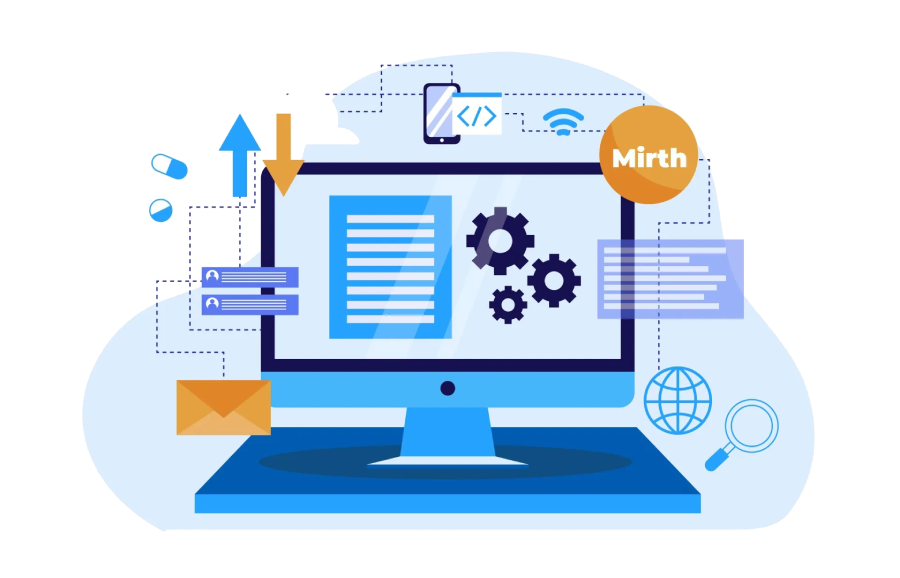
The HL7 standard’s major goal is to provide a universal protocol that allows any healthcare company with the necessary authority to access and retrieve information from other healthcare software systems.
Automation of Workflow
Although EHR systems are the most well-known and widely used option for practice workflow automation, it is frequently difficult to properly communicate between multiple EHRs and other information sources, such as lab services.
In this case, HL7 standards can aid increase interoperability and information transmission, regardless of whether the systems use older communication technologies or contemporary APIs. In addition, HL7 can serve as a device for work process automation if a clinic or clinical association lacks a full EHR.
Collaboration
Because HL7 is an essential resource for storing and transmitting data, it offers the potential for global usage and collaboration. Cooperation between established administrative facilities and the rapidly rising health tech sector, as well as private practices, is one of the ongoing difficulties in the medical care business.
Health-Level-Seven standards connect all medical care stakeholders, including private clinics, labs, and healthcare software suppliers, allowing them to collaborate more quickly and effectively. Furthermore, HL7 protocols play an important role in the worldwide COVID-19 epidemic.
Benefits of HL7 Interface to Medical Practices
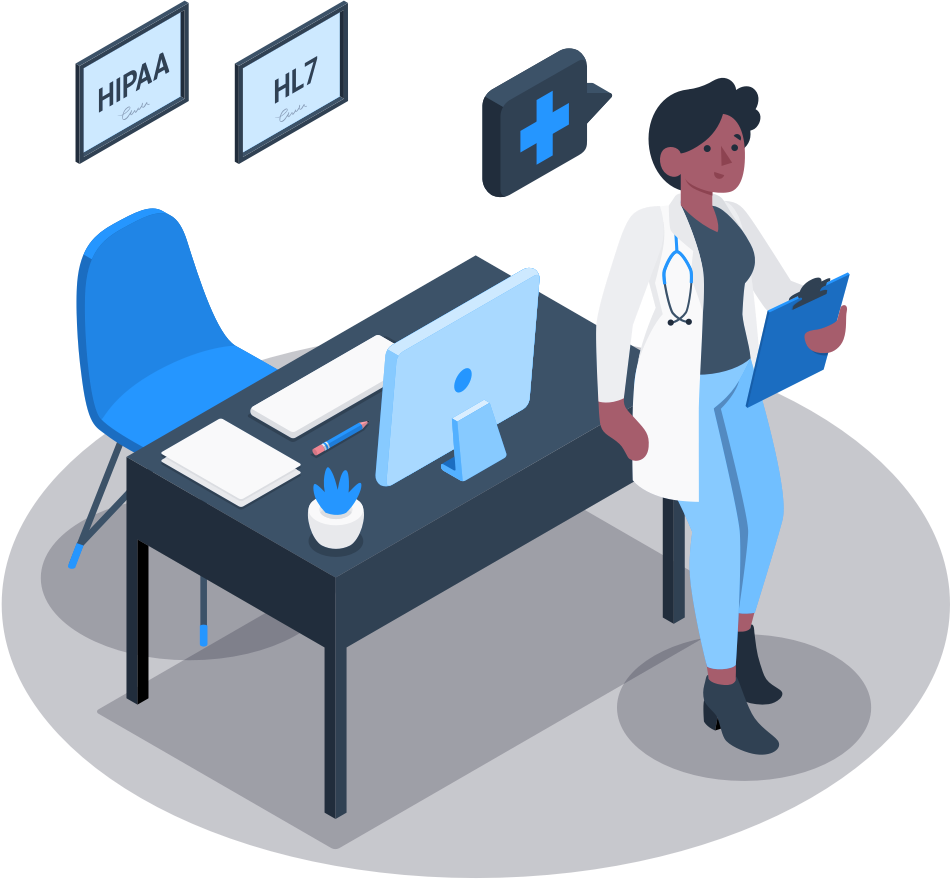
HL7 Enhances Clinical Productivity
Improved communication across clinical associations considers the accumulation of more meaningful information that may be used to enhance the quality and productivity of a patient’s treatment. HL7 enables faster and smoother information sharing, allowing doctors to acquire up-to-date data and a more comprehensive clinical perspective as more permanent records become available.
HL7 Standards Help to Reduce Administrative Errors
Clinicians may approach major data from several sources using HL7 and be certain that all information is coordinated and appropriate. HL7 standards reduce time and provide greater accuracy when handling patient records by reducing the demand for physically noting and filling out data.
HL7 aims to open up new avenues for innovation
Aside from ensuring consistent information transfer between current frameworks used by specific clinical organizations, the HL7 protocols also provide more options to investigate alternative software solutions. This not only creates a larger pool to choose from but also allows for greater agility in terms of technology solutions for healthcare businesses.
Summing Up
It’s no surprise that the benefits of the HL7 interface are improving every part of healthcare today. Here at iStudio Technologies, we recognize the true revolutionary phase that the Healthcare business is undergoing, particularly in light of the COVID-19 epidemic. Our HL7 FHIR integration services make a huge difference in your healthcare practice.
Contact iStudio Technologies now if you’re ready to take advantage of the HL7 interface’s features to improve your practice productivity.
Strengthen connectivity to the healthcare organization through the HL7 integration solution!

